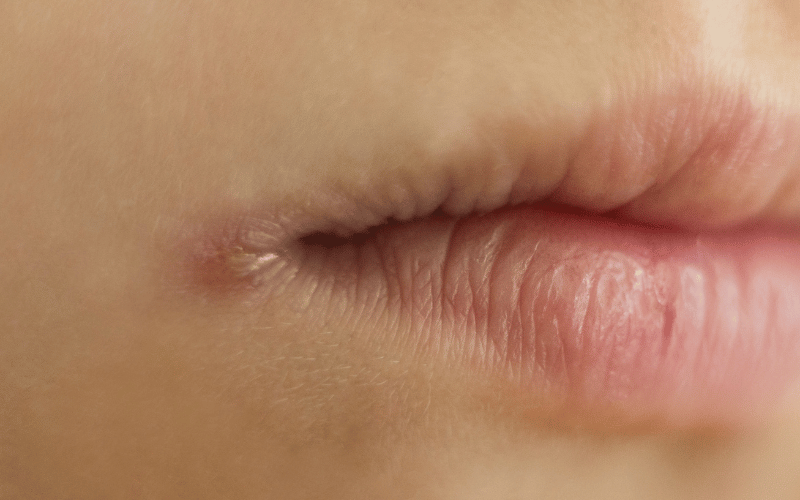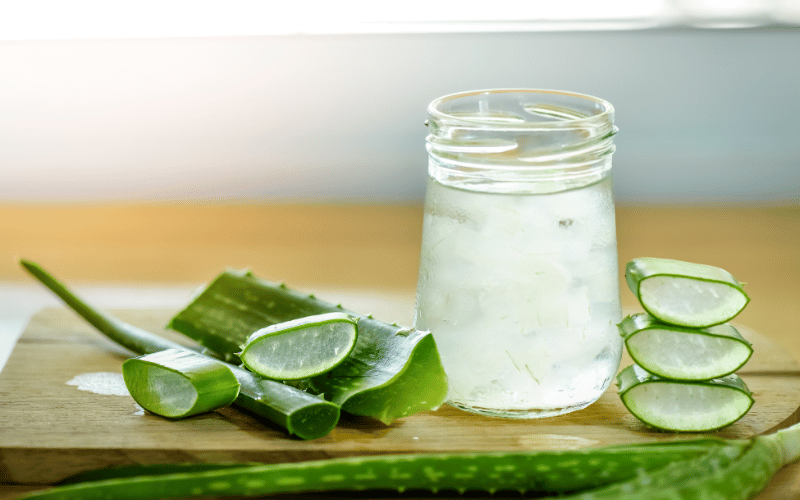Introduction: Unmasking Angular Cheilitis and Its Natural Remedies
It’s an annoying sensation – that painful cracking at the corners of the mouth, making simple activities like speaking, eating, or even just smiling, an ordeal. Angular cheilitis, a common condition affecting numerous individuals globally, can often become a persistent issue if not dealt with appropriately.

But why does it occur? The causes are many and can range from nutritional deficiencies, especially in vitamins B2, B3, and B6, to frequent lip-licking, environmental factors, and even underlying medical conditions. The results? Red, swollen patches on the lips, especially at the corners, which may sometimes bleed or even develop blisters.
Fear not, though! Nature is teeming with remedies that can provide relief from such issues. While it’s essential to consult a dermatologist for persistent symptoms, several tried-and-tested home remedies have shown promising results against angular cheilitis. From the soothing touch of aloe vera to the antifungal properties of coconut oil, nature offers a treasure trove of ingredients to tackle this irksome condition.
In this enlightening article, we’ll delve deep into the top five home remedies that can provide relief from angular cheilitis. Prepare to rediscover the joy of pain-free smiles and bid farewell to the discomfort that has been clouding your days.
1. Aloe Vera: The Soothing Gel for Aggravated Corners

The wondrous Aloe Vera plant is known worldwide for its vast array of health benefits. Commonly identified by its thick, pointed, and fleshy green leaves, this plant houses a gel that can work wonders on the skin. Rich in antioxidants and enzymes, it presents a cooling effect, which can significantly alleviate the pain and inflammation associated with angular cheilitis.
Yet, what makes Aloe Vera particularly effective against this condition? Its natural antibacterial and antifungal properties. These play a crucial role in not only soothing the inflamed skin but also in preventing potential bacterial and fungal infections, which can exacerbate the condition.
Furthermore, Aloe Vera’s moisturizing capabilities cannot be overstated. Angular cheilitis can make the skin around the lips dry and flaky. Regular application of Aloe Vera gel ensures the skin remains hydrated, thereby accelerating the healing process.
Now, for those wondering about the application process, it’s relatively straightforward. Directly applying the gel from an Aloe Vera leaf to the affected area multiple times a day can produce notable results. And for an added touch, refrigerating the gel before use can offer an enhanced cooling sensation, providing immediate relief.
Over time, with consistent use, one can witness a noticeable reduction in the redness and discomfort. The cracks begin to heal, and the skin starts regaining its original texture, all thanks to the magical touch of Aloe Vera. (1)